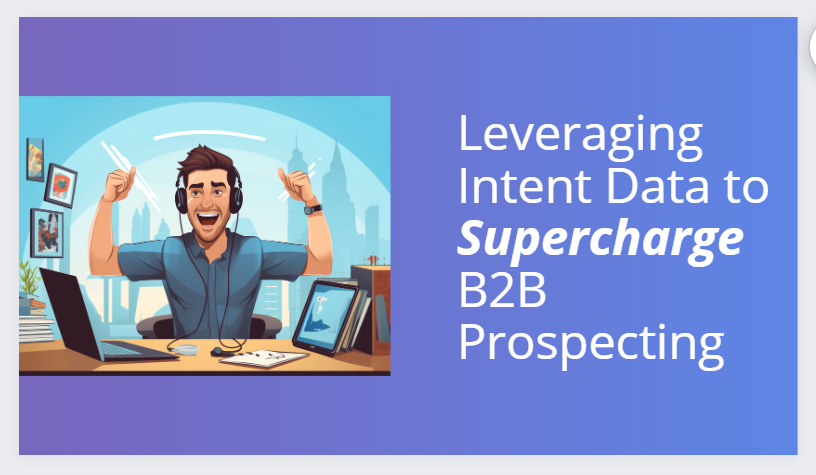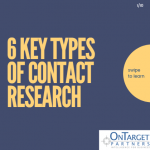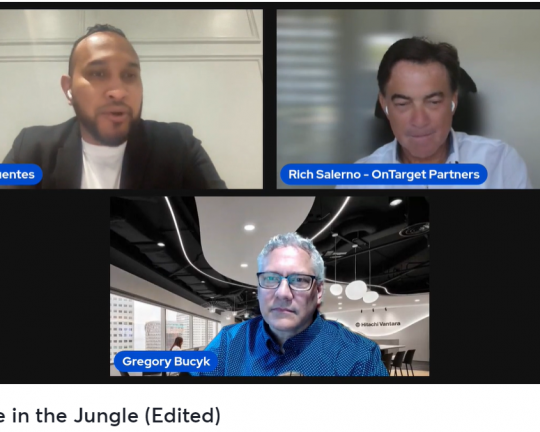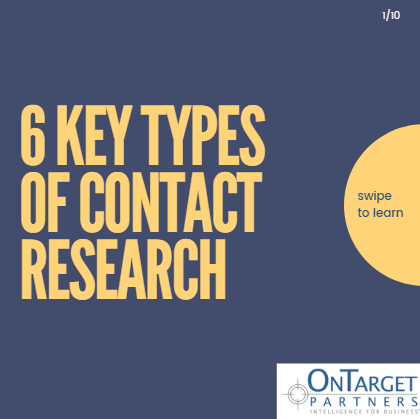Intent data reveals which prospects are actively in the market and ready to buy your solution. It is an invaluable asset for precisely targeting outreach to accounts showing buying signals and minimizing wasted effort.
This post explains what intent data entails, why it is vital for B2B sales and marketing, and how to put it into action.

What is Intent Data?
Intent data refers to signals that indicate a B2B prospect intends to make a purchase. It shows which companies are actively researching solutions, visiting pricing pages, downloading content, and demonstrating other buying behaviors.
Intent data includes both direct signals, like site searches, as well as less targeted, like firmographic attributes. But all types provide value in proactively locating qualified accounts ready to engage.
Why Intent Data Matters
Intent Data:
- Identifies “hand raisers” – Intent data surfaces companies demonstrating active interest versus just spraying the entire market randomly. You can focus sales resources on hot prospects poised to convert.
- Enables account-based marketing – Combining intent signals with your ideal customer profile allows you to hyper-target key stakeholders showing buying signals. Intent data gives ABM the precision required to succeed.
- Overcomes the new “cookieless” challenge – As third-party cookies continue to decline, intent data will become even more vital to identify and engage high-value prospects across channels throughout the buyer’s journey.
Types of Intent Data
- Search Intent Data
Search intent includes the keywords prospects are entering on sites like Google to hunt for solutions. Someone searching for your product name has high intent and is highly targeted.
- Engagement Intent Data
Engagement Intent tracks prospect actions on your owned channels like visiting specific pricing pages, downloading branded content, email opens/clicks, and site time spent. High intent and targeted.
- Profile Intent Data
Profile intent is firmographic, or technographic data, that indicates a prospect matches your ideal customer profile has lower intent signaling but can still be useful when combined with higher-intent datasets.
- Technical Intent Data
Technical intent offers insights on prospects’ tech stack and installed technologies that may indicate opportunities like upsells, cross-sells or switching. Lower intent signaling but can indicate pockets of interest.
Collecting Intent Data
- First-Party Data
Your website, CRM, email, and other owned channels provide invaluable first-party intent data from direct prospect engagement.
- Second-Party Data
Partners can share intent data on engagement with their channels. Brands like G2 Crowd or Glassdoor provide second-party data.
- Third-Party Data
Firms like OnTarget Partners provide purchased B2B data assets on companies, attributes, and technologies used to infer intent.
Activate Intent Data for Sales Success
- Create hyper-targeted campaigns for segments showing high intent signals like content downloads.
- Build account lists for outreach by filtering for prospective companies that match your ideal profile criteria.
- Identify cross-sell/upsell opportunities by analyzing prospects’ installed technologies.
- Prioritize prospecting sequences using advanced lead scoring models that quantify intent.
In summary, intent data is a must-have ingredient for successful B2B sales and marketing. OnTarget Partners brings together data expertise and human insight to help you capitalize on intent intelligence. Let’s connect to discuss how our solutions can amplify your pipelines and efficiency.






